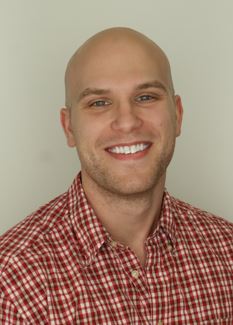This website is a mishmash of things related to me and my work. I occasionally make a blog post about something I find interesting. These topics tend to be more general than those I pursue in my research. The webpages on this site may look a little funky if you have an adblocker enabled.
Research Interests
Broadly, I use data-driven models to answer questions related to pathogen transmission and pest dispersal. My work is highly interdisciplinary. I collaborate with researchers in disparate fields as I deeply enjoy working with and learning from others.
About
I am a postdoctoral research scholar in the Department of Entomology at the University of Georgia, where I work with Dr. Bill Snyder. My current work focuses on developing models for agricultural pest forecasting and management.
I received my Ph.D. in the Biomathematics from North Carolina State University, where I was advised by Drs. Alun Lloyd and Fred Gould. My dissertation, titled The Role of Genetics in Pest Population Control, can be read here. At NC State, I was a Genetics and Genomics Scholar, and a NSF Graduate Research Fellow. I received a B.S. in Mathematics with highest honors from the University of Maine in 2020 (my undergraduate thesis can be found here).
